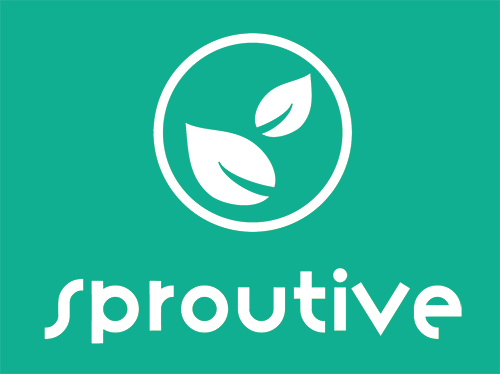If you’re one of many who can’t resist the urge to open your favorite app to design slides as soon as you hear that you need to build a presentation, you’re in the right place to stop that. I have you covered with simple tips to get rid of this bad habit.
My first piece of advice is to stay away from your computer and any mobile devices on which you can design slides.
Instead, grab a pen and paper. It could be unlined, lined, graphed, or dotted. Anything that you have on hand works.
Since creativity is found away from sitting at your desk, find a cozy spot where you can comfortably write down or draw ideas.
Step 1: Distilling the Core Message
At this stage, you need to collect your thoughts. I suggest three prompts to put the relevant information you currently have on paper. Don’t worry, we’ll test your assumptions before you design your slides.
For now, answer these 3 prompts without judgment. Write down or draw everything that comes to your mind. Doing it without lifting your pen from the paper will enable you not to judge what you put on paper.
Spend at least 5 minutes on each of these prompts:
- Knowing that…
- I believe…
- Who I must convince…
“Knowing that” is a reassuring open statement that invites you to list what you feel is important for this presentation. This ranges from information to key statistics and insights. Describe the context, the problem, the solution. What do you aim for? What would that future look like? And more…
“I believe” lets you express your view on the matter. It’s crucial because the best presentations have one thing in common: they all have a point of view. You can’t expect to attract the right people for your project or idea without being crystal clear about what you are trying to do, the change you want to make, and why it’s important to do it.
Identifying “Who I must convince” is essential for creating a compelling presentation. Be as specific as you can. What do he/she/they care about? It’s only after you’ve established whom you will present to that you can strategize on what your convincing argument will be.
After this 15 to 20-minute exercise, I typically seek the opinions and insights of others. Gathering diverse perspectives from those familiar with the project or topic enriches the process. While I often find that conversations are more in-depth in one-on-one settings, brainstorming with team members is essential. Collaborating at this stage helps identify any blind spots, prioritize the key elements, and ensures that everyone is aligned and on board.
The collective insights we just gained prepare us to draft the core message. The core message serves as a concise statement that outlines the context, what’s at stake, and the point of view. I usually draft 2 to 3 core messages to present to the team for discussion. Team members who wish to submit their own core message are encouraged to do so.
Step 2: Expanding the Core Message into a Short Story
Once we’ve reached a consensus on the core message, it’s time to create our North Star for the presentation: a compelling short story. The iterative process of creating this short story is again done with pen and paper.
By expanding the core message into a short story, you infuse it with life, weaving together your key points into a narrative that captivates and flows naturally for your audience. Envision your story’s beginning, middle, and end. How will your core message unfold? Incorporate examples, data, or anecdotes to enrich your points, making the narrative not only informative but also relatable and memorable.
Step 3: Storyboarding Your Slides
Equipped with your short story and the list of content that your audience needs to know to drive action, it’s time to storyboard your slides. Experiment with what’s on each slide. Play with the flow of the slides. Play with how you structure your story. Treat your storyboard as a prototype. Test and experiment with different versions.
It’s only after you’ve successfully storyboarded your presentation that you are ready to open your favorite app to design slides.
Time Well Spent
It might seem like more work at first, but it’s not! Implementing these three steps before designing your slides will save you time ultimately. More importantly, your presentation will be significantly better than it would have been if you had jumped directly into slide building.

